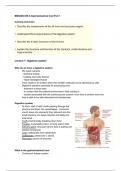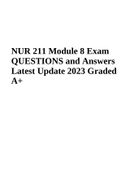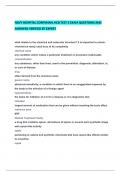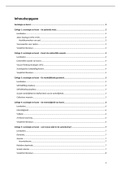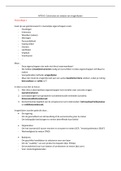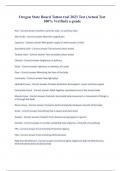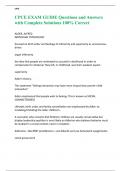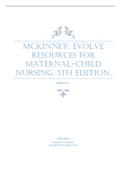Lecture notes
Lecture notes Week 6 BMS2038 Integration of Physiological systems (BMS2038)
- Module
- (BMS2038)
- Institution
- University Of Surrey (UNIS)
Notes on the gastrointestinal tract including the digestive system. Indepth notes for each part of the GI tract including, structure of GI tract, and digestive system, the process of digestion. Lecture notes taken and look over again, by re watching lecture recordings. Inlcuded diagrams.
[Show more]
